‚The claim, that society is founded upon cloth, is quite a statement to make.‘
What kinds of things do fashion and clothing say about us? Malcolm Barnard’s revised book ‚Fashion as Communication‘ is one of the most understandable on fashion theories. Even though the cover might not be appealing, it is an interesting and easy read, considering quite a few of the common theories of and debates on fashion and clothing. It takes the notion that the things people wear are significant or meaningful, and it attempts to explain what sort of meanings fashion and clothing may have, how those meanings are produced or generated, and how fashion and clothing communicate those meanings. The first chapter starts off with some etymologies and definition of fashion and clothing as well as of anti-fashion.
‚Convincing, perhaps, is the argument proposed by Douglas and Isherwood, who say that „goods are neutral, their uses are social, they can be used as fences or bridges“. This is the argument that, while individual items of fashion or clothing may be neutral or innocent, the uses to which they are put, the functions they fulfil, are not. The uses and functions of garments are social and cultural and therefore neither neutral nor innocent.‘ And that’s where the debate may begin.
Chapter two establishes fashion and clothing as cultural and communicative phenomena while chapter three concentrates on what fashion and clothing might be for, on the different functions or jobs that fashion and clothing might have, including their communicative functions. ‚The Masai women, with their seemingly absurdly brief skirts and brass earrings (see p.55), are also communicating their membership of a cultural group and in much the same way as European women, who will also take certain precautions against immodesty while wearing absurdly brief skirts.‘
In chapter four Barnard explains the main problems involved with some accounts of meaning and presents what is claimed as a more satisfactory account. This looking at the works of Barthes, Culler and Larrain, using semiology, and how different levels of meaning are generated by means of syntagmatic and paradigmatic difference. Barnard also thinks about the role of written fashion and clothing: ‚These (glossy) magazines and articles construct garments, ensembles and collections as meaningful and communicative by writing about them.‘
Fashion, clothing and the reproduction of society is discussed in chapter five and considers fashion and clothing from the perspective of or in terms of class and gender. Beginning from the Marxist schema employed by Larrain, and the examples of jeans and men’s suits, he considers fashion and clothing as reproductive practice, as activities which construct and reproduce existing class and gender identities. Chapter six then considers fashion and clothing as revolutionary practice, as activities which contest or critique those identities.
The last chapter is an attempt to explain items of fashion and clothing as undecidable, as potentially both reproductive and critical of dominant or prevalent class and gender positions and relations. Barnard concludes: ‚ Fashion and clothing existing in the gaps or spaces between conceptual oppositions, are themselves undecidable in terms of these oppositions. They are not simply decidable in terms of public/private, subject/object, appearance/concealment, modesty/seduction, individual/group and so on.‘
Barnard, M. (1996): Fashion as Communication. Second Edition (2002, reprinted 2008). Oxon and New York: Routledge
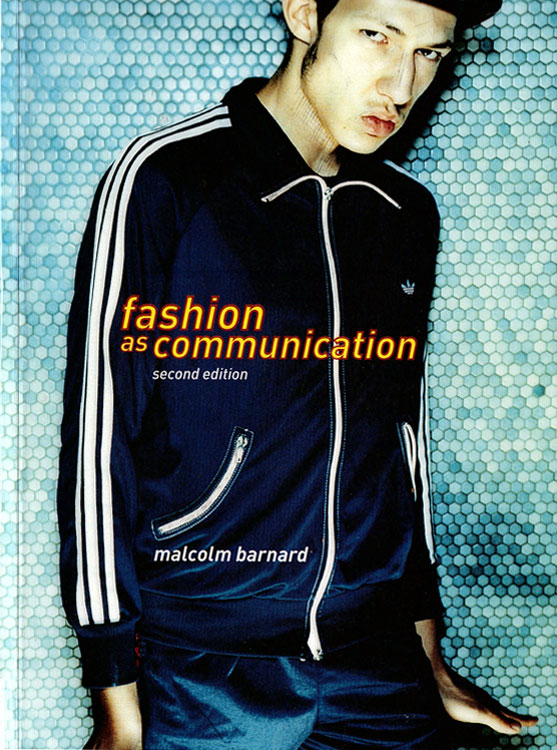
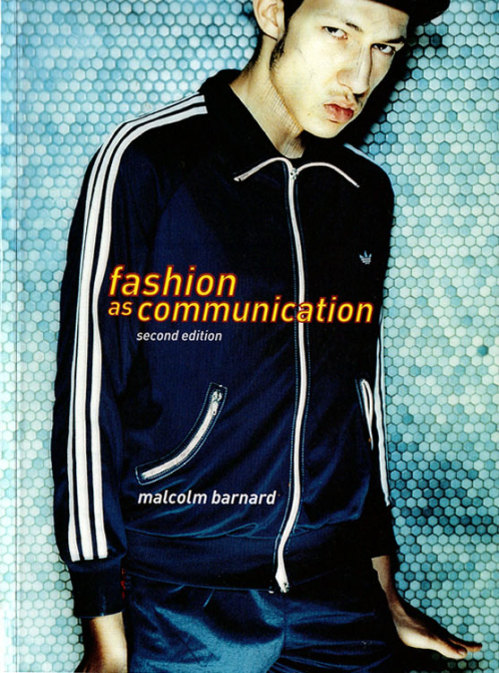
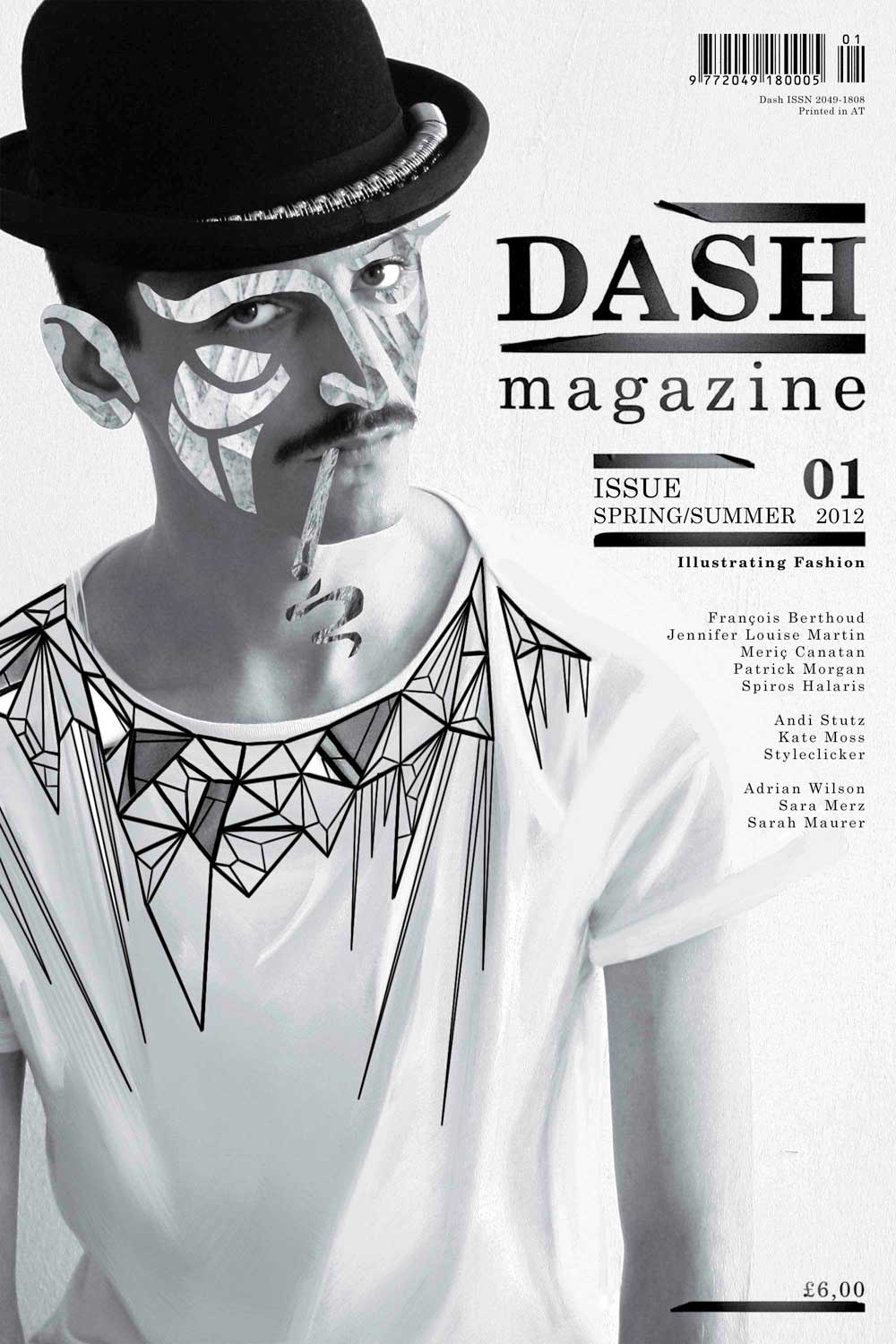
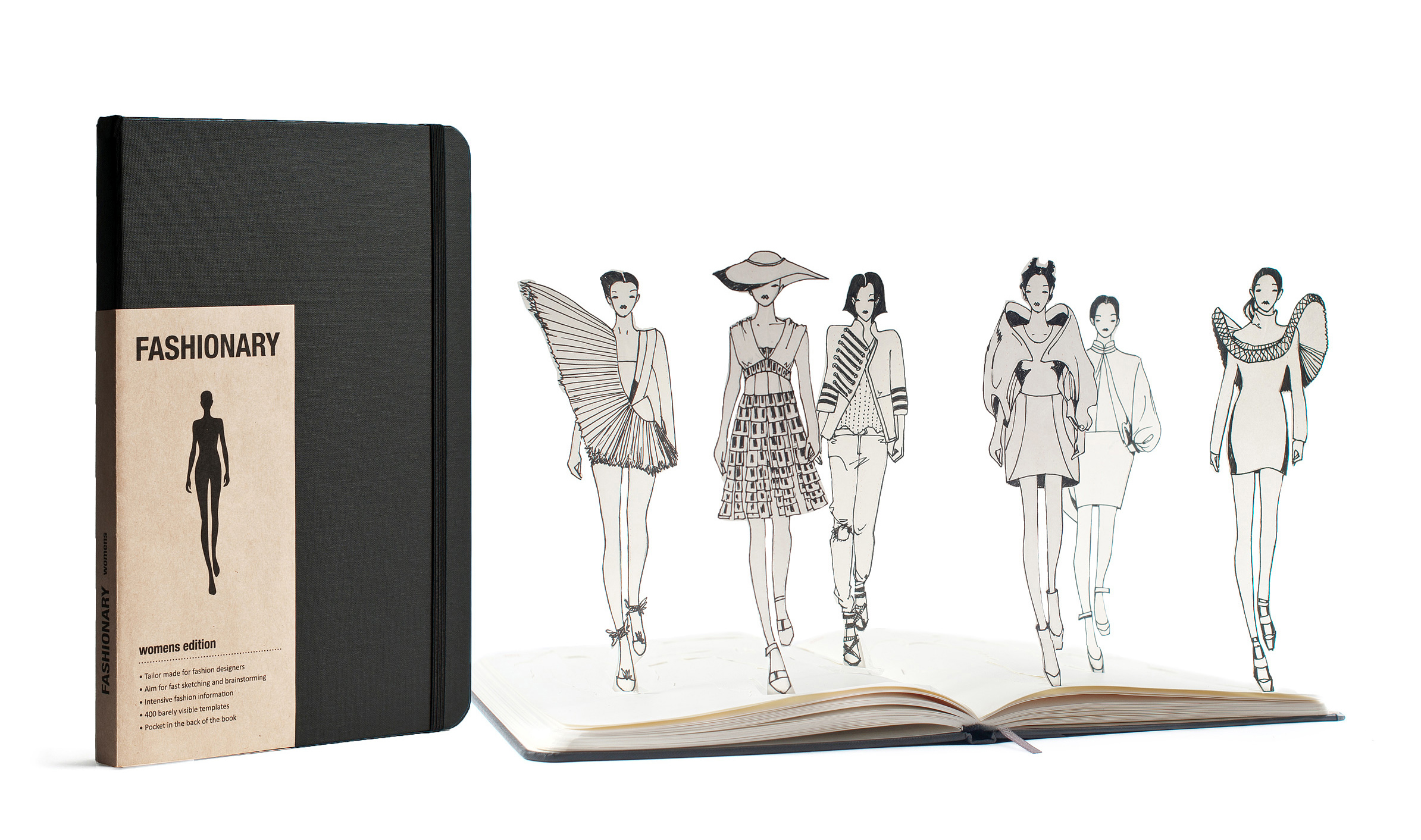
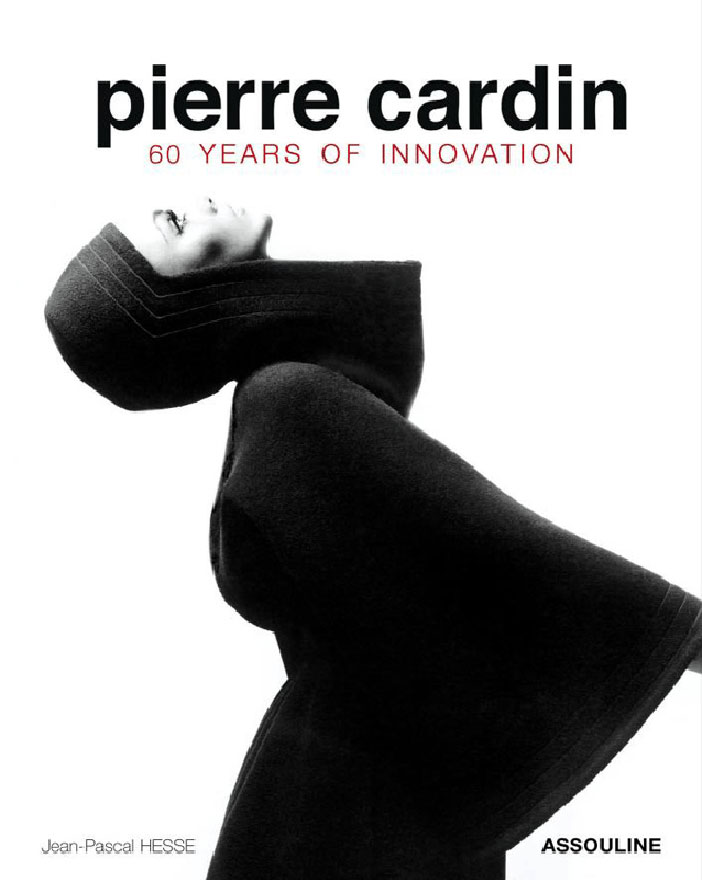

1 Kommentar
KommentierenI was very happy to find this site.I wanted to thank you for this great read!! I definitely enjoying every little bit of it and I have you bookmarked to check out new
stuff you post.
Thank,
Fashion Clothing Stores